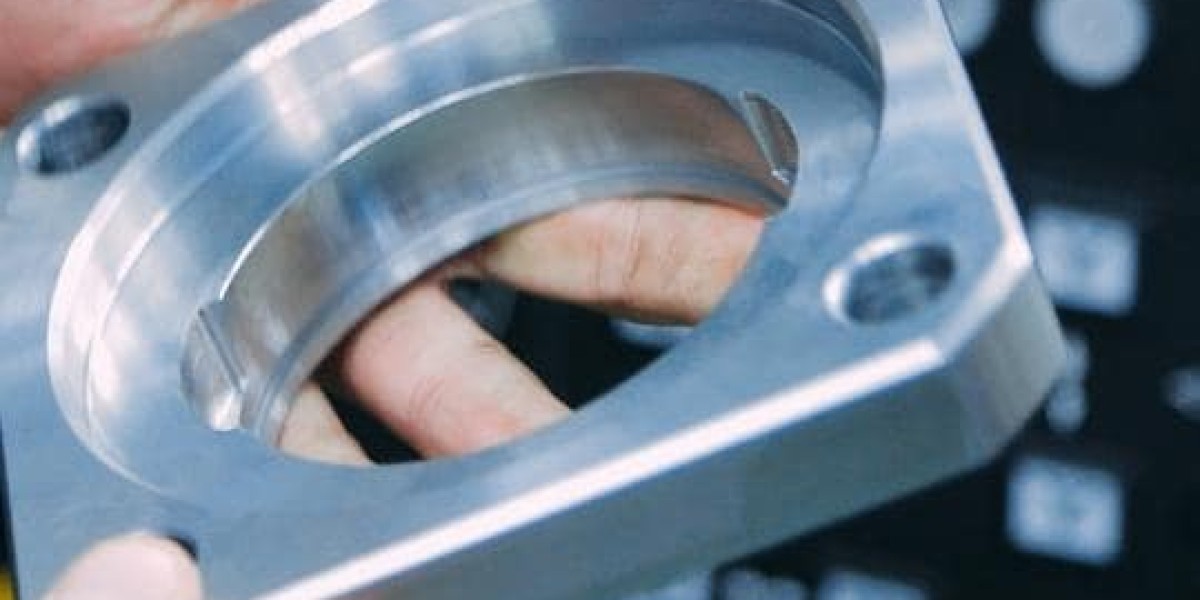Ductile iron, renowned for its strength, durability, and versatility, serves as a cornerstone material in various industrial applications. From automotive components to water infrastructure, ductile iron parts play a vital role in ensuring the efficiency and reliability of countless systems. This comprehensive guide aims to provide a detailed overview of manufacturing processes, applications, and best practices for ductile iron parts.
Understanding Ductile Iron:
Ductile iron, also known as nodular cast iron or spheroidal graphite iron, is a type of cast iron alloy containing graphite nodules dispersed throughout the matrix of ferrite and pearlite. This unique microstructure grants ductile iron exceptional mechanical properties, including high tensile strength, ductility, and impact resistance, making it ideal for demanding applications.
Manufacturing Processes:
Melting and Casting:
- The manufacturing process begins with melting scrap iron, steel, and ferroalloys in a furnace.
- Once molten, the alloy is treated with magnesium to promote the formation of graphite nodules.
- The molten metal is then poured into molds, where it solidifies into the desired shape.
Heat Treatment:
- Heat treatment is often employed to enhance the mechanical properties of ductile iron.
- Annealing, normalizing, and quenching are common heat treatment techniques used to refine the microstructure and improve strength.
Machining and Finishing:
- After casting and heat treatment, ductile iron parts undergo machining processes such as milling, turning, drilling, and grinding to achieve precise dimensions and surface finish.
Applications of Ductile Iron Parts:
Automotive Industry:
- Ductile iron components, including engine blocks, crankshafts, and suspension parts, contribute to the performance and durability of vehicles.
Machinery and Equipment:
- Ductile iron is widely used in machinery and equipment manufacturing, providing robust components for industrial applications.
Water and Wastewater Infrastructure:
- Pipes, valves, and fittings made of ductile iron are essential for water distribution and sewage systems due to their corrosion resistance and longevity.
Construction and Infrastructure:
- Ductile iron parts find applications in construction projects, including bridges, railways, and building structures, where strength and reliability are paramount.
Best Practices:
Quality Control:
- Implement stringent quality control measures throughout the manufacturing process to ensure consistency and reliability of ductile iron parts.
Material Selection:
- Choose the appropriate grade of ductile iron based on the specific requirements of the application, considering factors such as strength, corrosion resistance, and thermal conductivity.
Surface Protection:
- Apply protective coatings or treatments to ductile iron parts exposed to harsh environments to prevent corrosion and prolong service life.
In conclusion, mastering the manufacturing and application of ductile iron parts requires a thorough understanding of materials, processes, and best practices. By following the guidelines outlined in this comprehensive guide, manufacturers and engineers can harness the full potential of ductile iron to deliver high-performance solutions across various industries.








